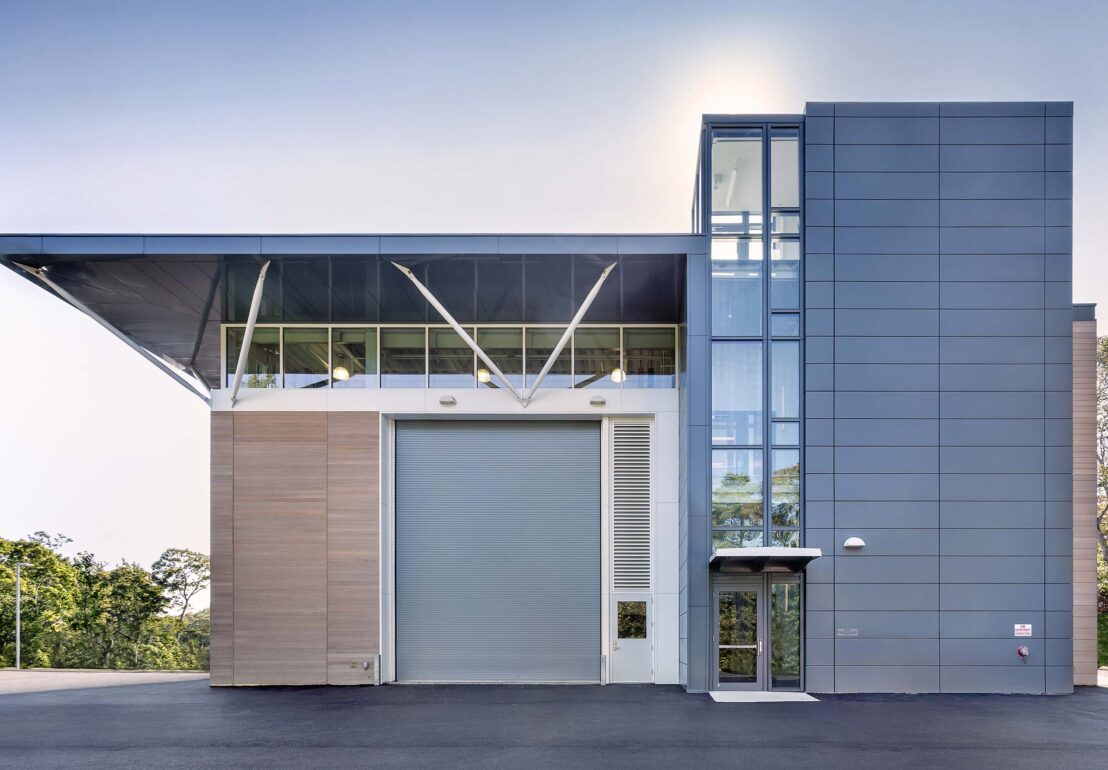Designing for resilience: science and engineering buildings in coastal locations
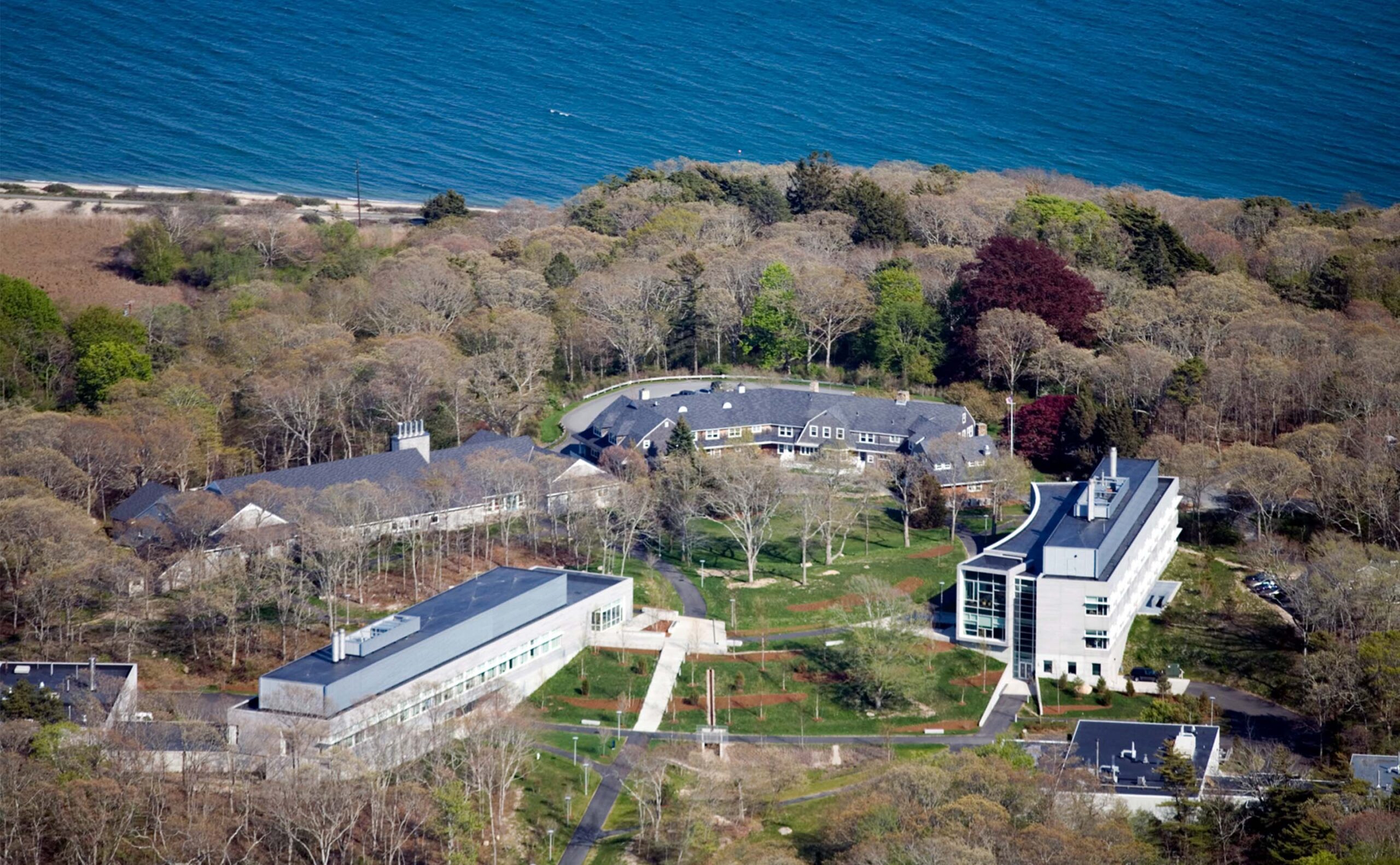
Woods Hole Oceanographic Institution (WHOI) Quissett Campus
Buildings for Science and Engineering have unusually high asset value, both for the cost of construction and physical contents, and for the often-irreplaceable work that goes on in them. Environmental risks to the physical integrity and reliable operations of the critical functions of these buildings must be carefully assessed and mitigated as a part of the design process, particularly in coastal locations where the forces of wind and water may be extreme.
Science and Engineering buildings are located in coastal locations for a variety of reasons, often because they may be devoted to marine research and teaching or are part of an existing coastally located campus. Whatever the reason, these locations may significantly increase environmental exposures to the hazards of wind and flooding events. The image above features two research buildings we designed for the Woods Hole Oceanographic Institution (WHOI), located on the Quissett Campus in Woods Hole, Massachusetts.
In recent years various federal, state, and non-profit agencies, including FEMA, the International Institute for Sustainable Laboratories (I2SL), and the U.S. Green Building Council, have promulgated resilience guidelines and standards that apply to Science and Engineering buildings. As an experienced architect of coastal research facilities for WHOI, University of Maine (Darling Marine Center), The College of William and Mary/Virginia Institute of Marine Science, Massachusetts Maritime Academy, and University of Massachusetts Dartmouth (New Bedford), Ellenzweig integrates design for coastal resilience into its design approach and process.
The image below is of the campus of the Massachusetts Maritime Academy (MMA) located in Bourne, Massachusetts, between the Cape Cod Canal and Buttermilk Bay, showing the approximate location of our new STEM Building, now under construction. This new facility has been designed to respond to significant resiliency concerns. Most importantly, the first floor of the building has been raised five feet above adjacent grades to guard against flooding due to sea level rise and the projected 100 year floods, storm surges, and rising sea level. The building also includes standby power for critical infrastructure and life safety systems.
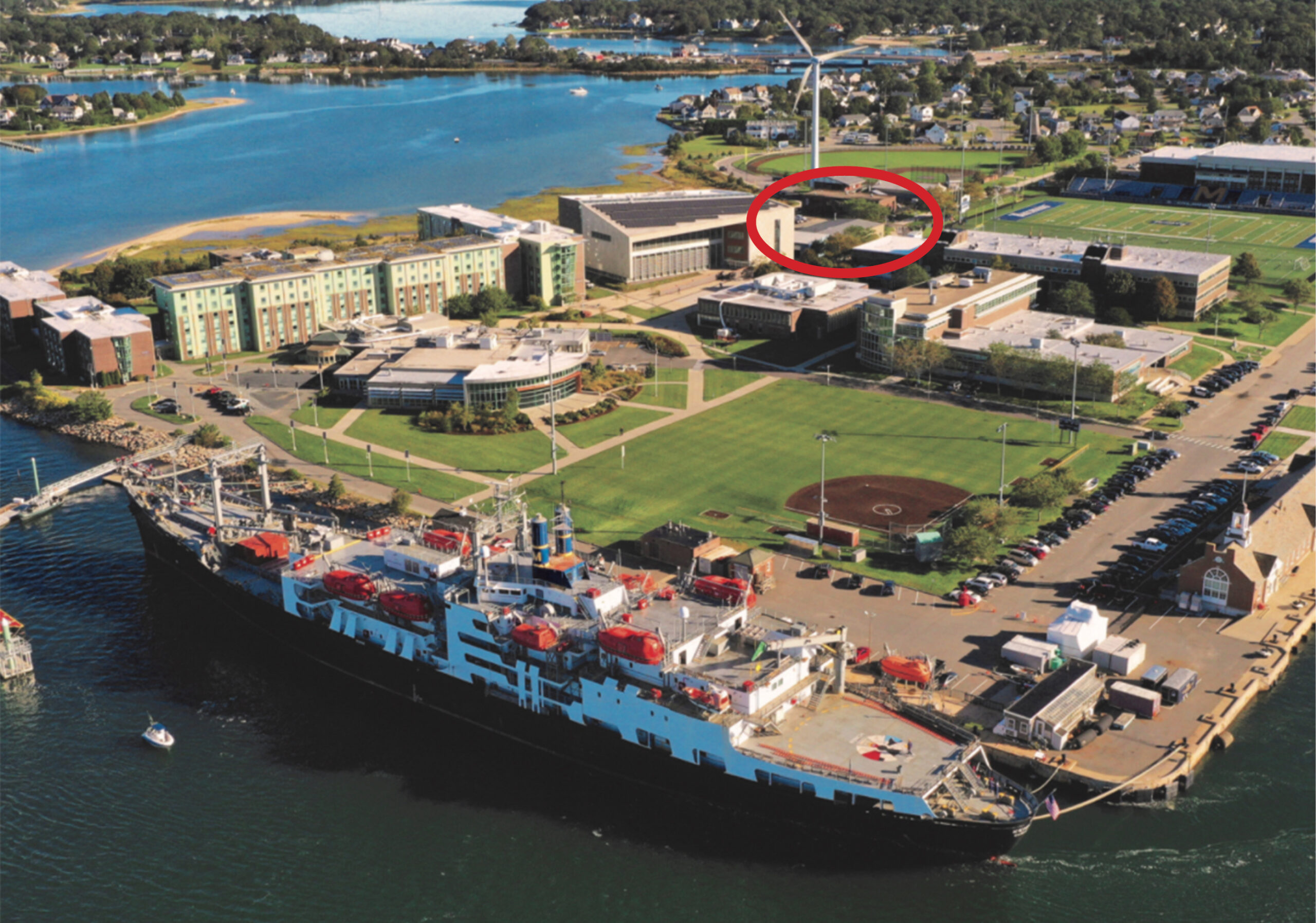
Massachusetts Maritime Academy campus with future STEM Building site highlighted
The earliest phases of the project are particularly important for identifying the core programmatic functions of a laboratory building that must be considered in planning for resilience, the challenges of coastal locations that must be addressed, and practical solutions for mitigating risks, along with their scope and budget impacts:
Our pre-design phase recommendations:
- In discussions with the owner team and building occupants, identify and prioritize facilities and programmatic functions that must be maintained during and after environmental events, along with assets that must be protected even if overall functionality is compromised (e.g., preservation of research sample archives).
- Assess current and evolving coastal site environmental hazards such as hurricane-force winds, tidal surges, and flooding and evaluate site and infrastructure weaknesses.
- Identify all available planning (“passive”) strategies to reduce identified risks, including building site selection, building floor elevation, and vertical organization of the building and its infrastructure. Passive design strategies are the most cost-effective approach for mitigating climate risks.
Our early design process:
- Implement “passive” design strategies for resilience. For coastal sites, the vertical location of critical building systems (such as electrical switchgear and life safety systems) is vital to determine at this point due to space planning, design, and cost implications.
- Conceptualize, price, select, and budget alternative design measures for resilience, including site and building “hardening” options to address flood risks, infrastructure upgrades to building MEP systems, scoping of emergency standby power systems (generator and UPS for computer and telecommunication servers), structural and envelope upgrades for wind-driven loads and projectile impacts, and other special site resilience features.
Our approach to identifying coastal site environmental hazards, our identification of programmatic resilience priorities, and our investigation and design of resilience measures requires the early and continued involvement of the entire project team, including building engineers, site consultants, cost estimators, the owner, and building occupants. In this way, our approach to achieving cost-effective resilience for our coastal buildings parallels our general approach to high-sustainability design in our buildings for Science and Engineering.
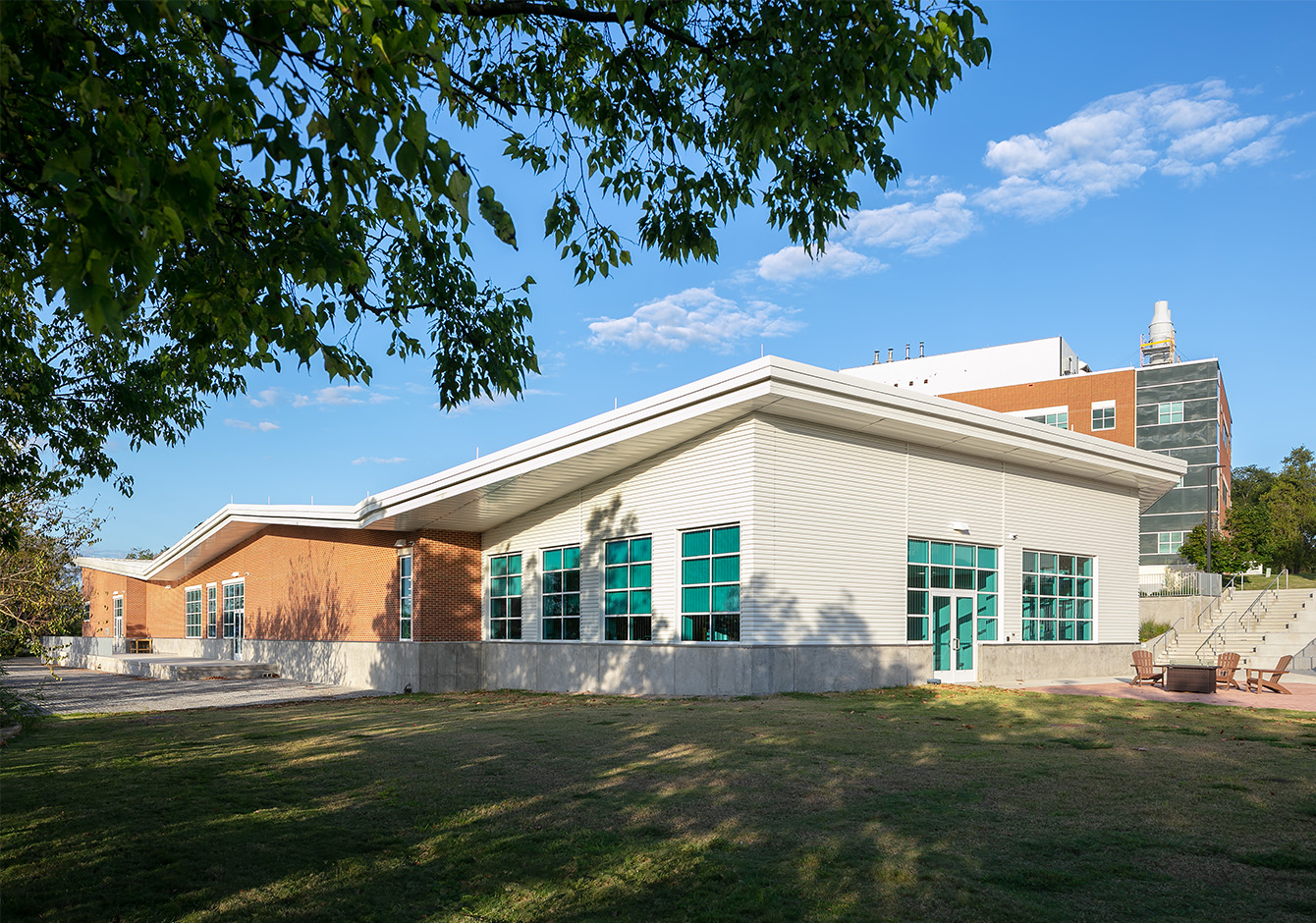
The College of William and Mary/Virginia Institute of Marine Science (VIMS), Acuff Center for Aquaculture
Our project for the College of William and Mary/Virginia Institute of Marine Science oyster hatchery research facility is located in the FEMA coastal “Velocity Zone,” requiring hardening of building foundations against tidal surges and maintaining life support for marine life in the building during environmental events.
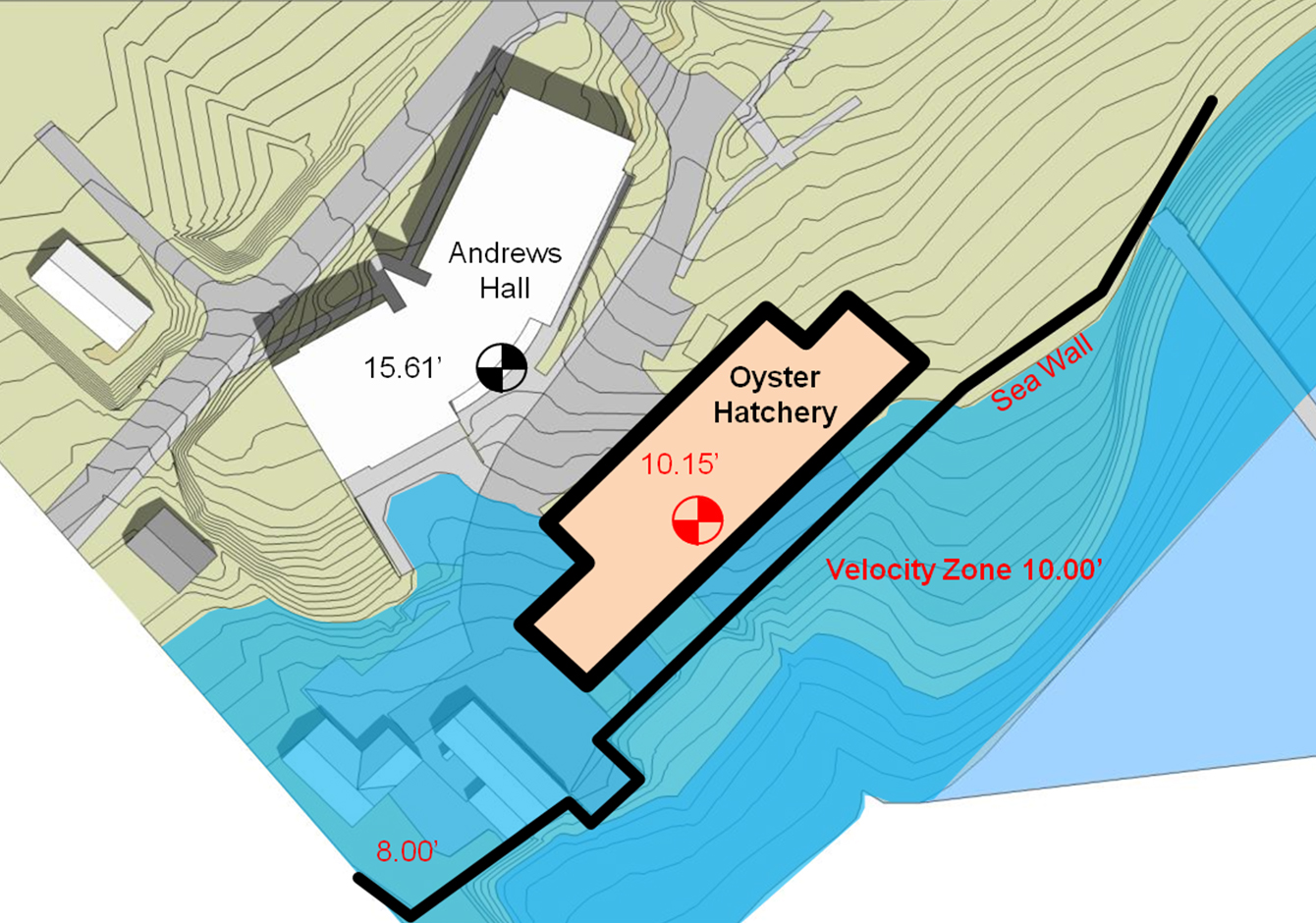
Floodplain Site Plan, The College of William and Mary/Virginia Institute of Marine Science (VIMS), Acuff Center for Aquaculture
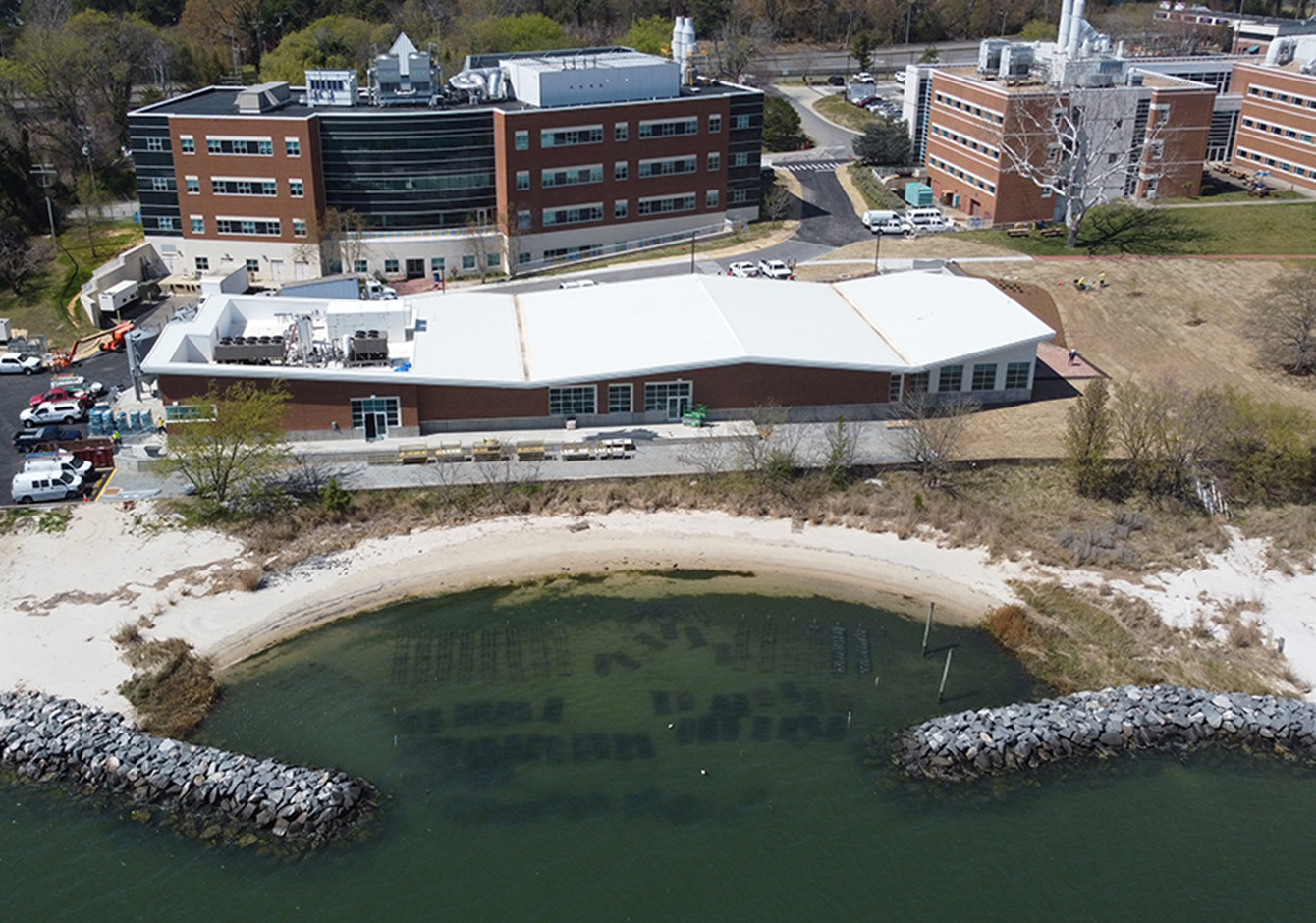
The College of William and Mary/Virginia Institute of Marine Science (VIMS), Acuff Center for Aquaculture
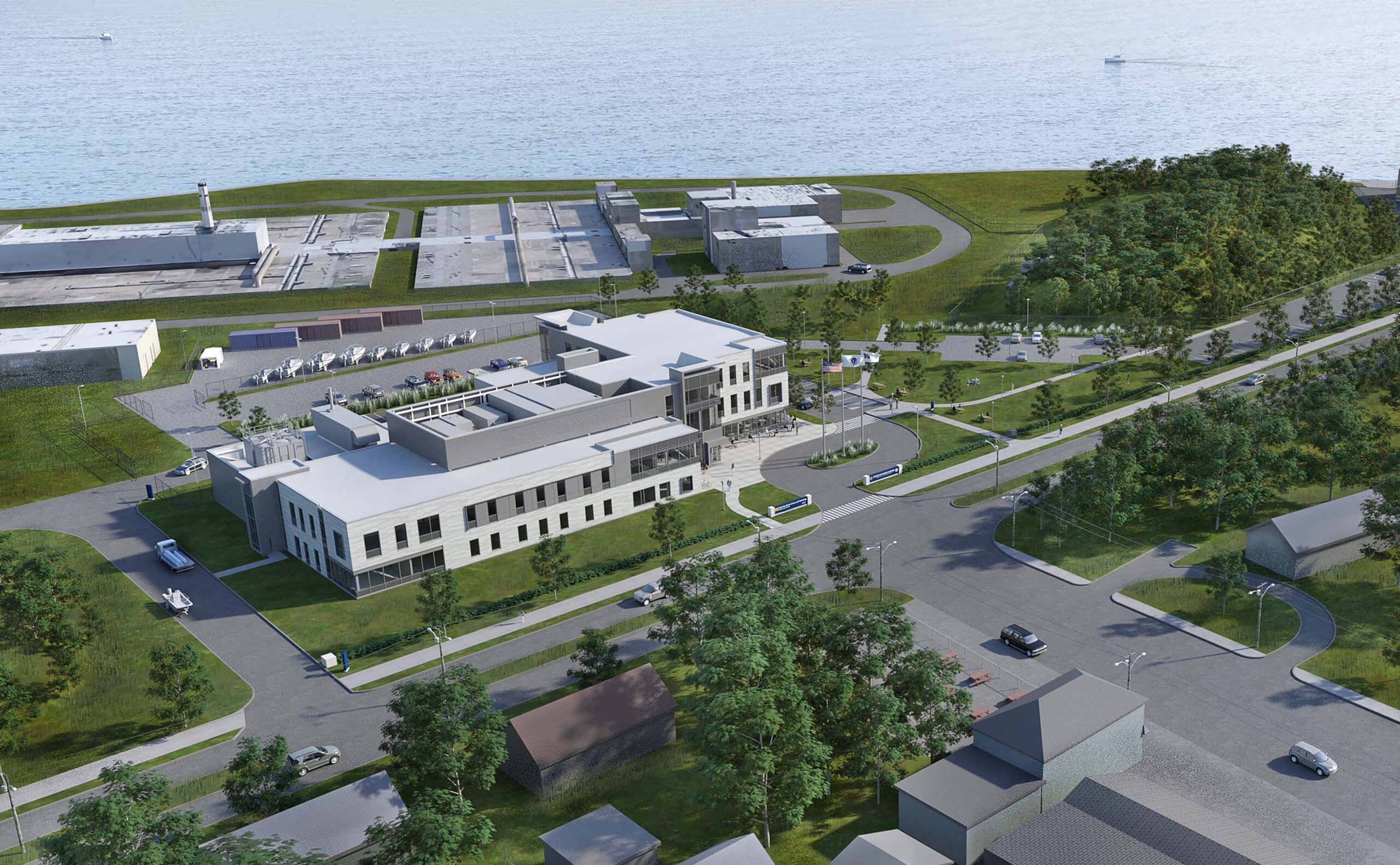
University of Massachusetts Dartmouth, New Bedford Campus, School for Marine Science and Technology (SMAST), West Building
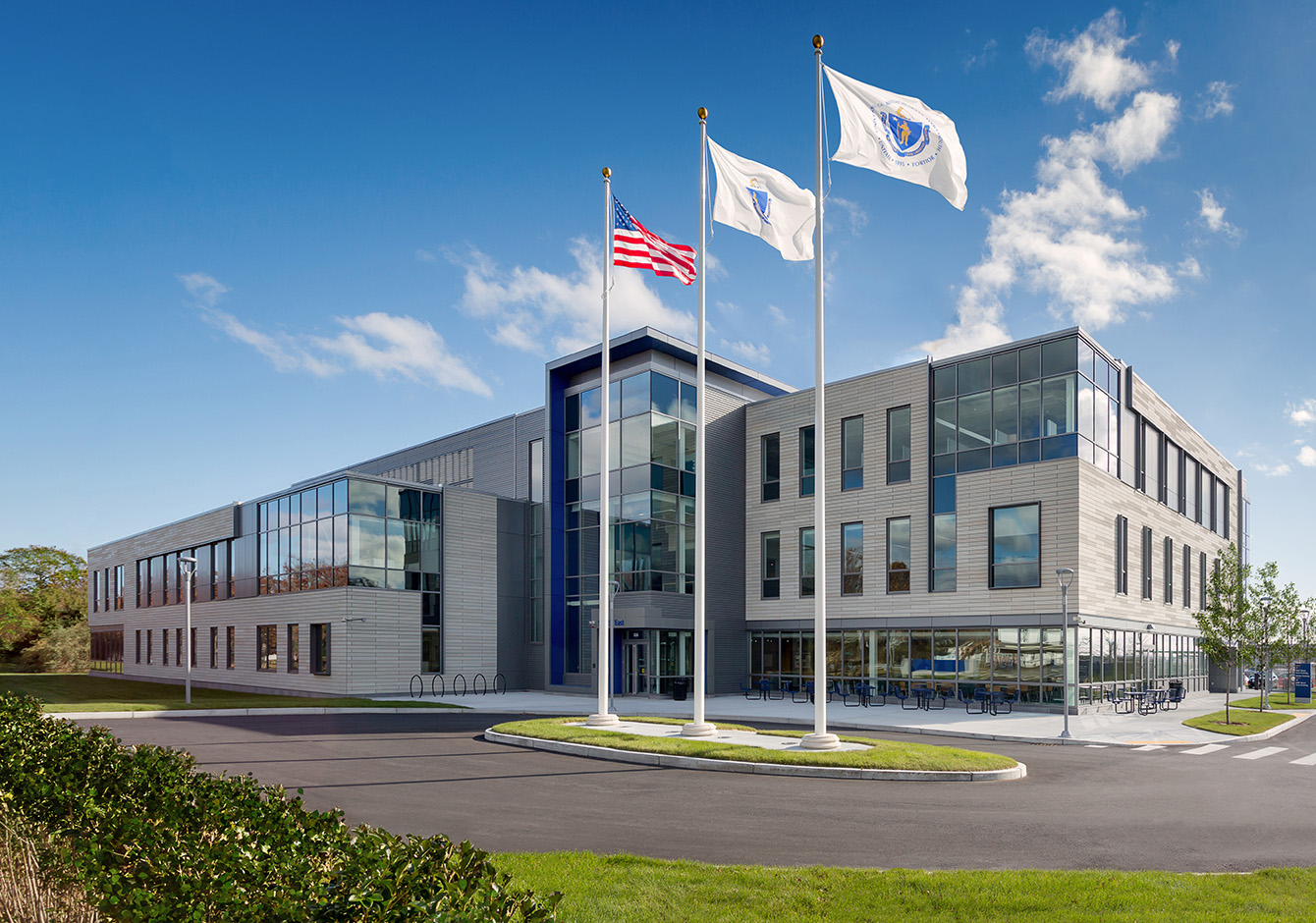
University of Massachusetts Dartmouth, New Bedford Campus, School for Marine Science and Technology (SMAST), West Building
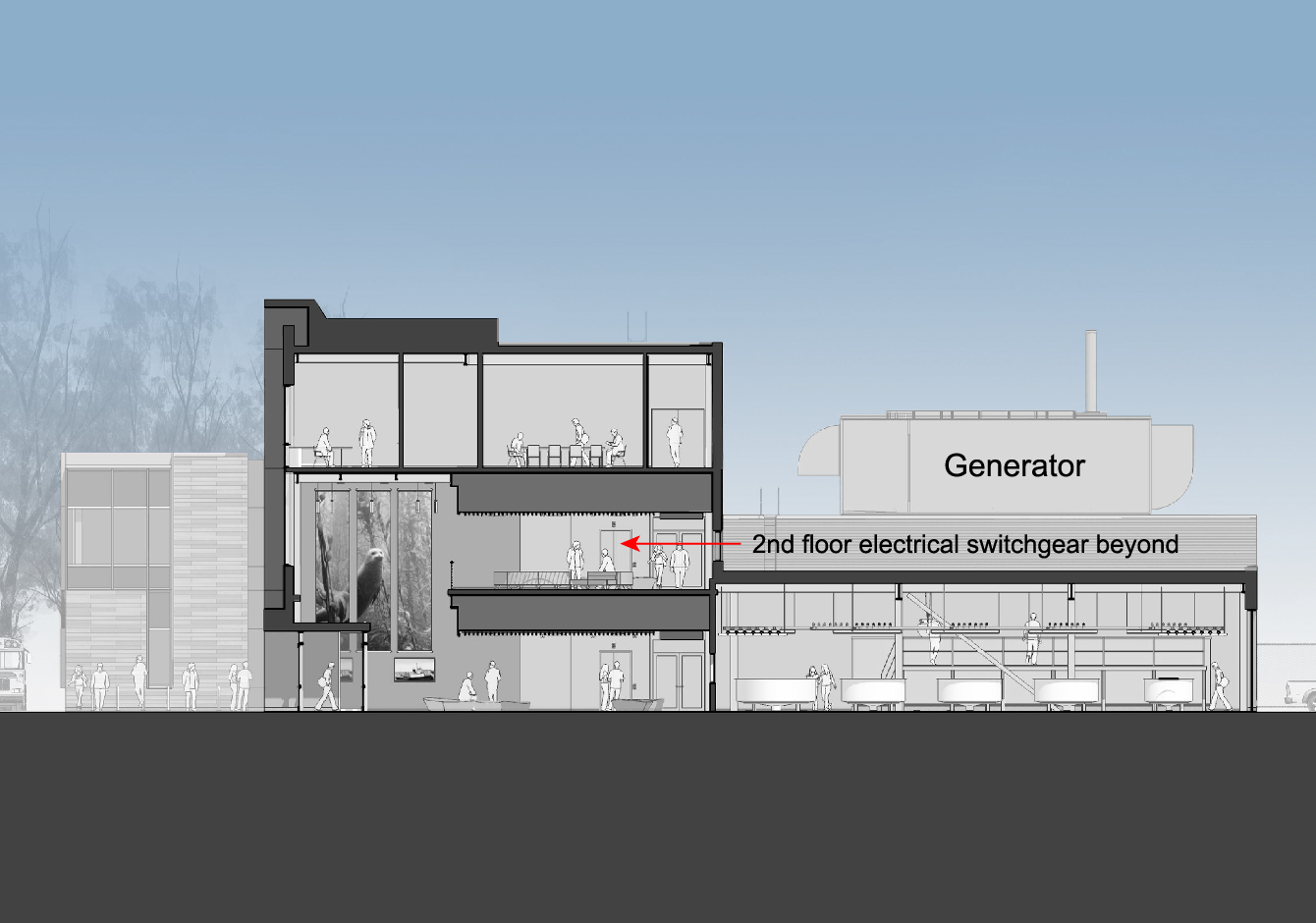
Our project for the School for Marine Science and Technology (SMAST) West Building at University of Massachusetts Dartmouth in New Bedford was designed without a basement, its ground floor is located above the 100-year flood level, and critical building systems, including switchgear, emergency generator, and research computer server room, are located at the Second-Floor level. The building envelope is designed to resist hurricane-force winds and missile impacts.
